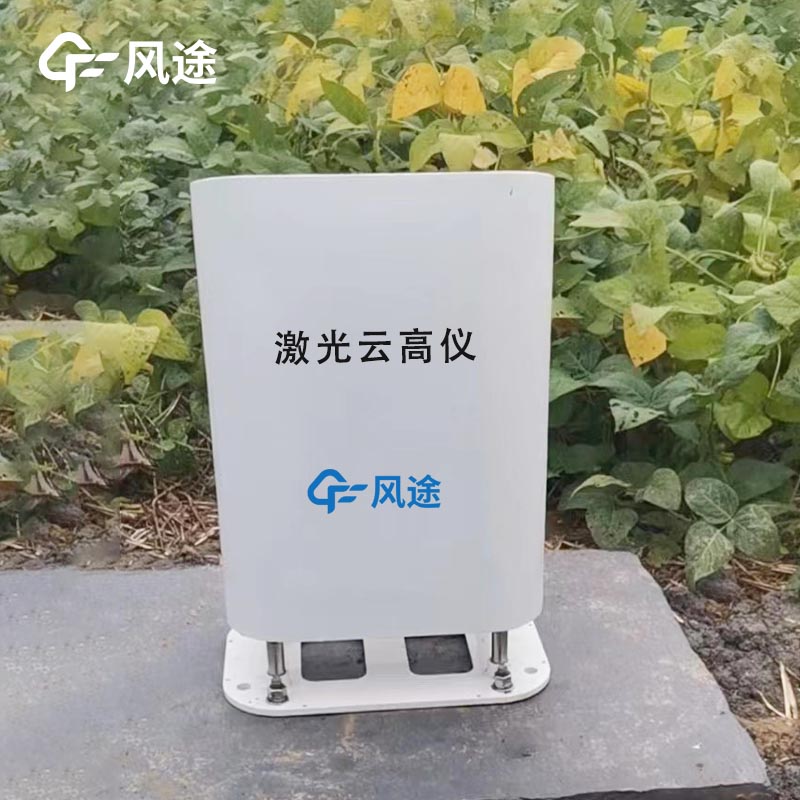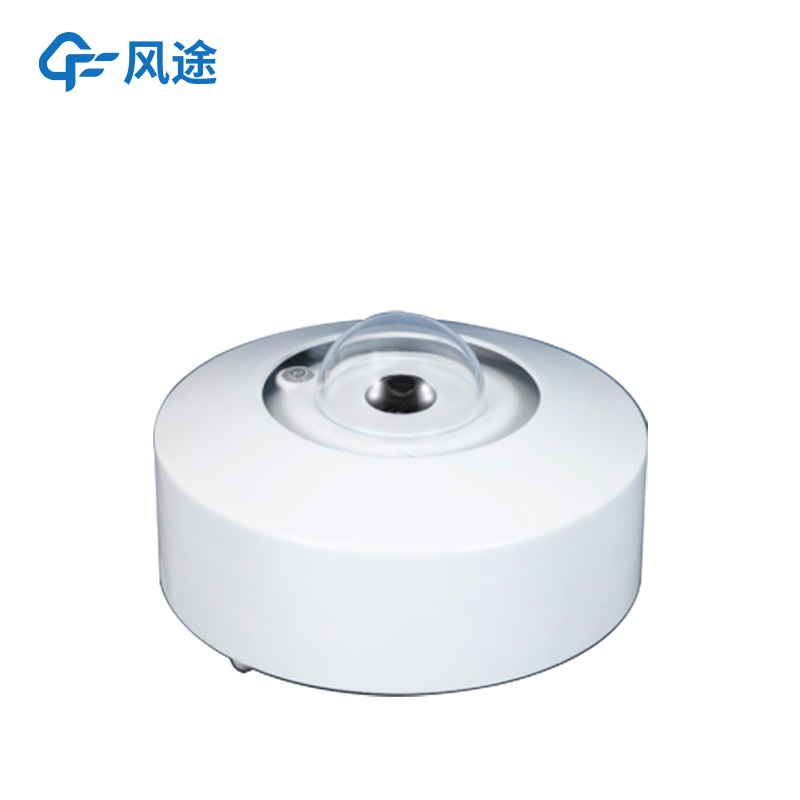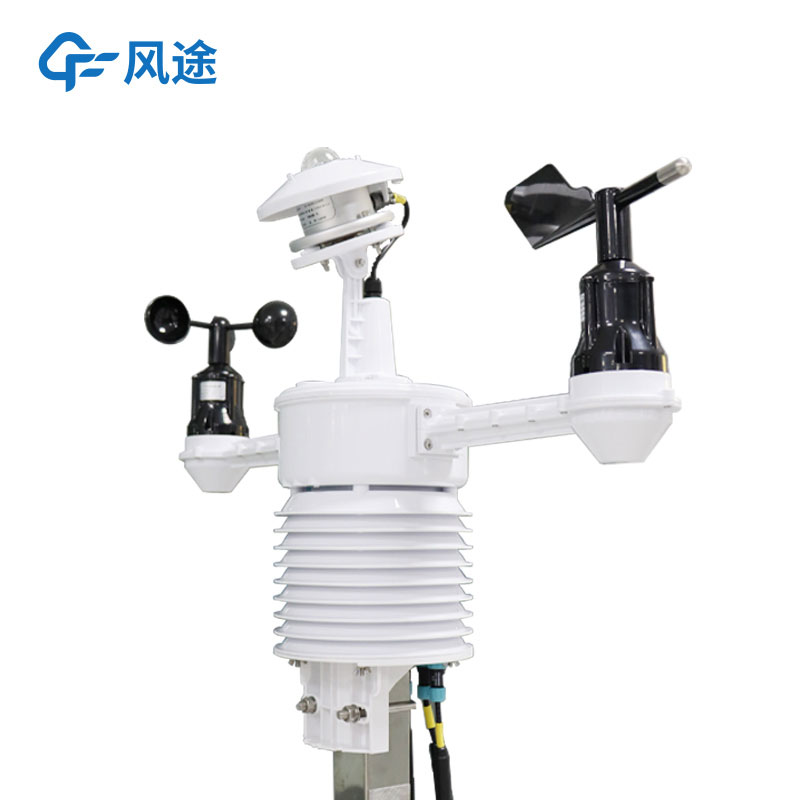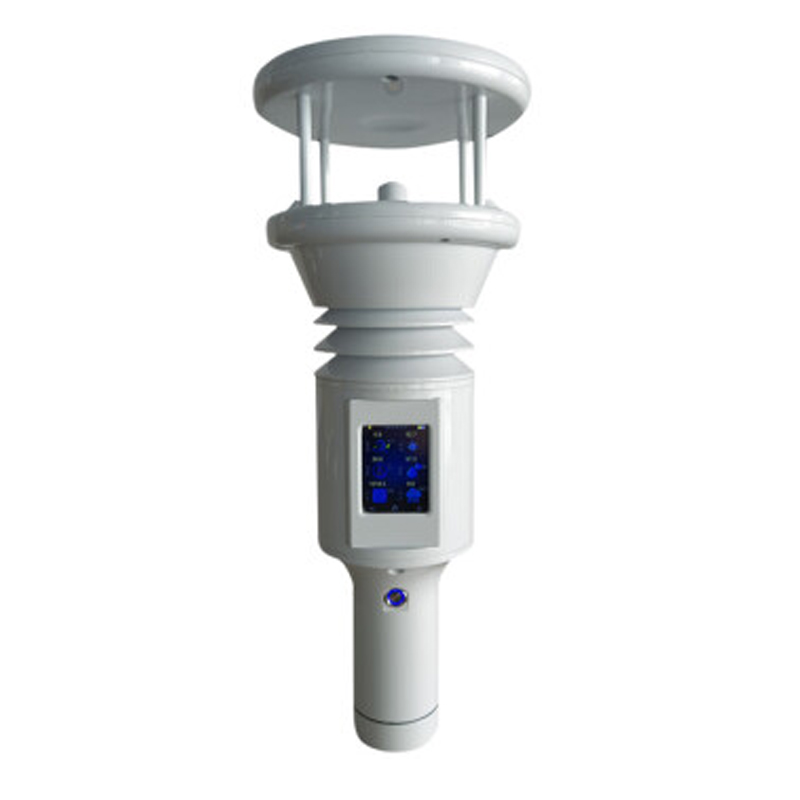Product
Recommended article
- Taming Dust Pollution with the Dust Monitoring System
- The All - in - One Grassland Ecological Monitoring Station (FT - CQX9)
- Combatting Dust Pollution: The Pivotal Role of Cruise Monitoring System
- On - the - Go Meteorology: Unraveling the Power of Vehicle - Mount Weather Stations
- The Crucial Link: Photovoltaic Weather Station and Efficient PV Generation
- Monitoring Forest Litter Moisture Content
Contact us
Shandong Fengtu IOT Technology Co., Ltd
Sales Manager:Ms. Emily Wang
Cel,Whatsapp,Wechat:+86 15898932201
Email:info@fengtutec.com
Add:No. 155 Optoelectronic Industry Accelerator, Gaoxin District, Weifang, Shandong, China
What is the Sky Scanner? A handy and useful cloud measuring instrument
Article source:Weather station time:2024-05-22 08:54:04 viewed:21times
The Sky Scanner is a high-precision monitoring device that utilises a fisheye lens to automatically capture and save images of the distribution of clouds in the sky without being affected by solar shading and direct sunlight. Equipped with a 5-megapixel high-quality CMOS sensor module, this device is capable of outputting images with a resolution of up to 2,560 x 1,920 and a frame rate of 30 fps.
The imager is equipped with dynamic analysis capabilities, allowing it to clearly record and analyse the distribution of cloud shape and volume in the sky under daytime conditions, which can either be automatically saved and compared and analysed on the device, or uploaded to the cloud for in-depth cloud information recognition using AI algorithms. It has a wide range of applications, including meteorological monitoring, civil aviation management, traffic monitoring, marine research, and smart city construction, among many other fields.
This sky scanner has many advantages, including its high-resolution imaging capability, advanced cloud information processing technology, the ability to record complete sky cloud conditions without the need for solar shading devices, support for Ethernet and Wi-Fi transmission, and the ability to operate and monitor remotely and access multiple cloud platforms. It is also low-power, compact and lightweight, easy to install and use in the field, and waterproof to adapt to all-weather observation needs.
At present, most cloud observation work is carried out in accordance with the "Ground Meteorological Observation Code", relying on manual observation of the shape, quantity and height of the bottom of the cloud at the observation station. Although this method is direct, there is significant subjectivity, and due to human factors, the observation is often intermittent and infrequent, which restricts the ability to monitor the sky clouds and weather changes in real time. In the face of the trend towards automation of meteorological observations, the use of highly automated laser cloud gauges to replace manual observations and achieve continuous and uninterrupted measurements is gradually becoming a new direction in the development of the industry.

This paper addresses:https://www.yf182.com/industry/381.html
Related products
Related article
-
Introduction to Road Condition Detectors
2024-06-27 -
What are air quality monitoring stations?
2024-06-06 -
How to select sensors for four-element automatic weather stations?
2024-07-08 -
Hand-operated lifting bar lightning rod with flexible design
2024-02-18 -
Taming Dust Pollution with the Dust Monitoring System
2025-01-24 -
Fengtu's Photovoltaic Module Dust Monitoring System: Ensuring Solar Efficiency through Precision Technology
2024-10-28 -
FT-JQX10 Portable Meteorograph: Enhancing Military Readiness in Challenging Weather
2024-10-10 -
The Portable Meteorograph for Mobile Weather Tracking
2024-09-02










